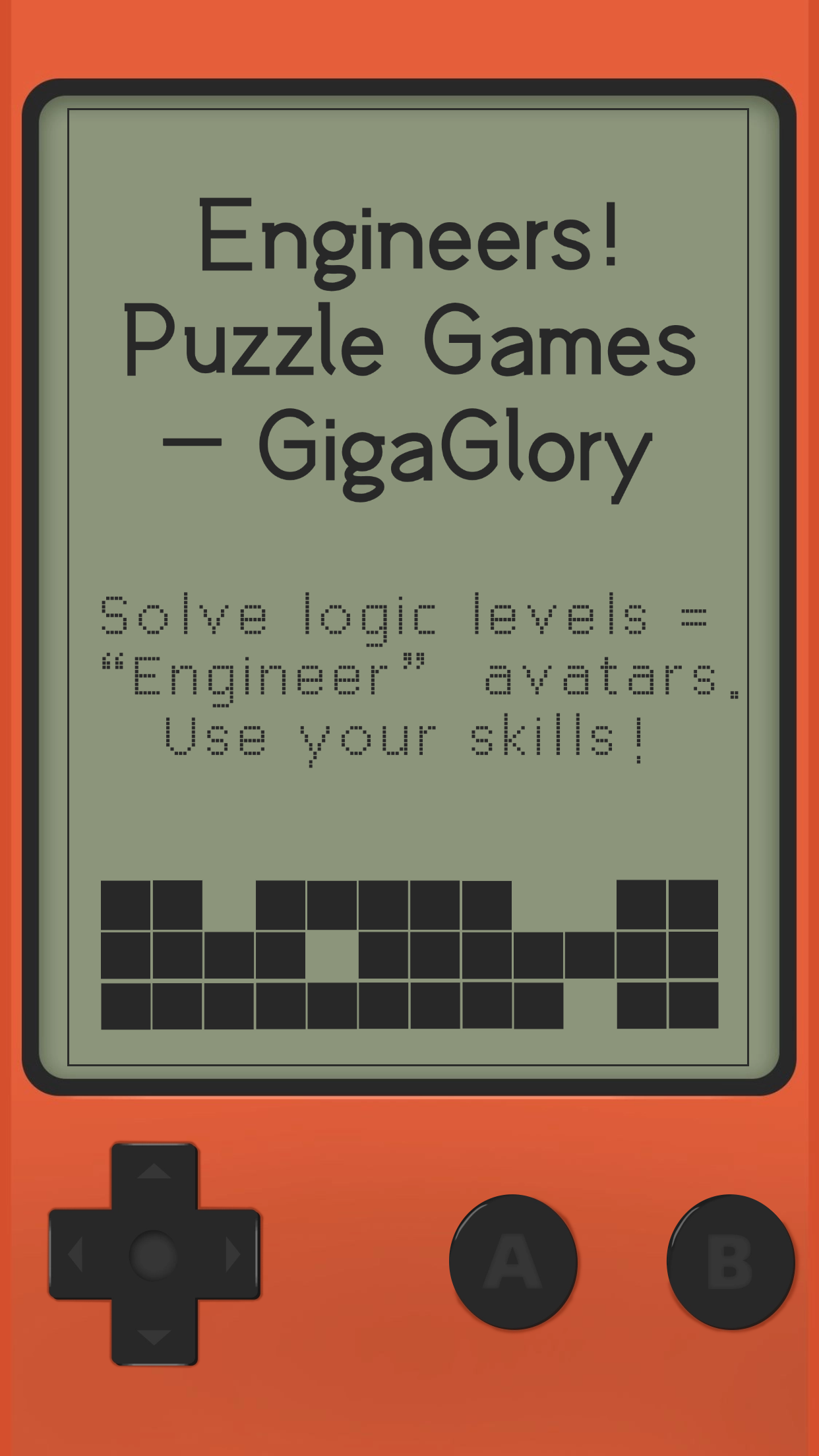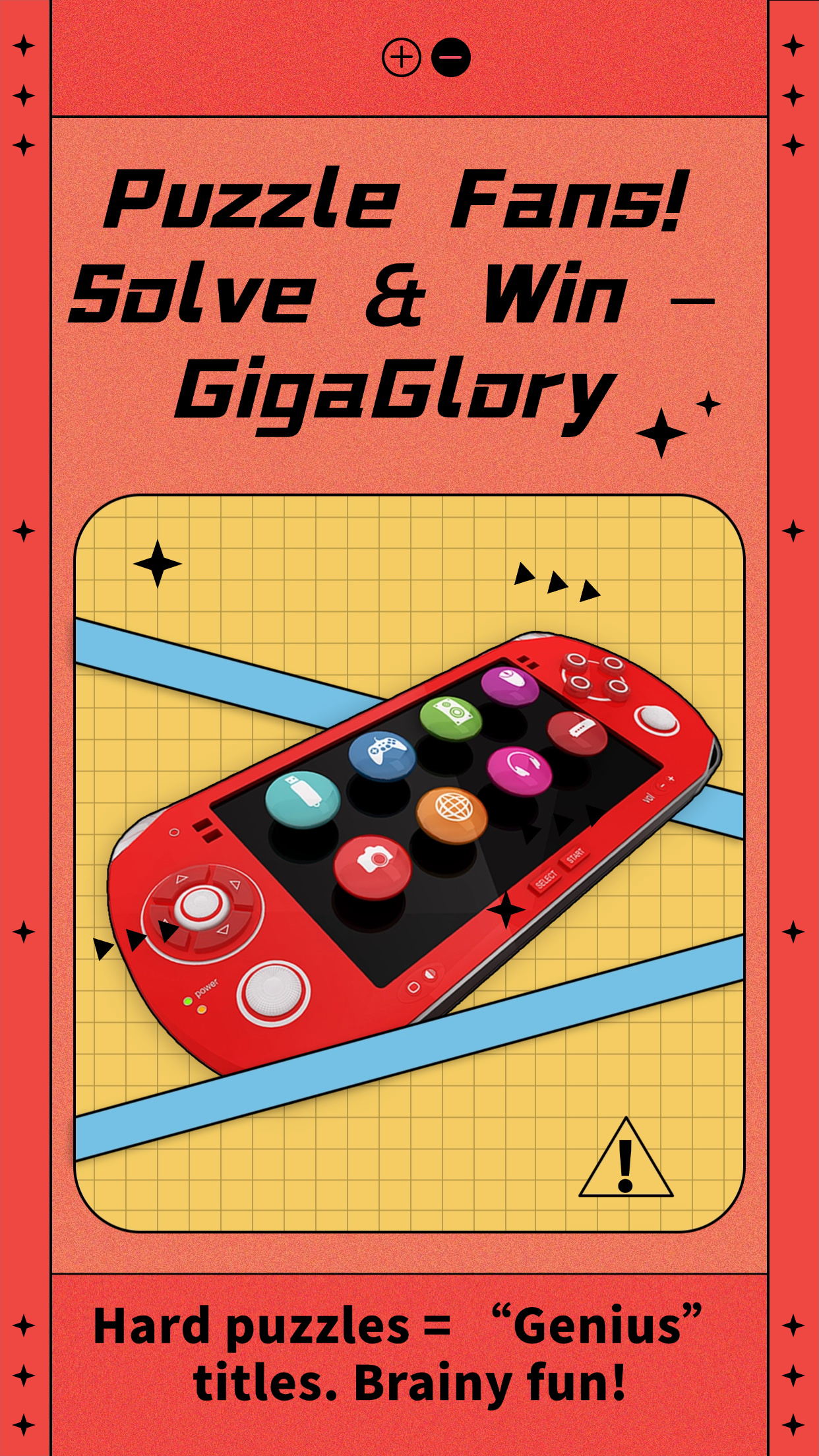Unlocking Fun and Learning: How Creative Games Enhance Educational Experiences
In today's fast-paced world, education is often seen as a rigorous and mundane process—one filled with endless textbooks and assignments. However, there is a revolution happening in the way we approach learning, especially when it comes to the incorporation of creative games into educational experiences. This article will delve into the fascinating world of educational games and discuss how they not only boost knowledge acquisition but also make learning enjoyable.
What Are Creative Games?
Creative games are interactive activities designed to engage players in imaginative and often collaborative ways. Instead of merely promoting rote memorization, these games encourage players to think critically and creatively. But they are not just for fun; they have serious educational value as well.
The Importance of Educational Games
Incorporating educational games into the learning process can lead to higher engagement levels, improved retention of information, and a more enjoyable learning environment. Research indicates that when learning is fun, children are more likely to stick with it. Let's explore some compelling reasons why educational games matter:
- Enhance Critical Thinking: Games often require players to strategize and solve problems, which fosters critical thinking.
- Boost Motivation: The excitement and challenge of games motivate learners to engage more deeply.
- Encourage Collaboration: Many games are designed for group play, promoting teamwork and communication among peers.
- Personalize Learning: Customizable games allow learners to progress at their own pace.
How Do Creative Games Improve Learning Outcomes?
Let’s take a closer look at the specific ways creative games can enhance educational experiences.
1. Learning Through Engagement
When learners are actively engaged, they are more likely to absorb and retain information. Educational games create an immersive environment where students can dive into the subject matter at hand. For instance, using a clans clash of clans game structure, teachers can simulate real-world scenarios that pose problems requiring collaborative solutions.
2. Opportunities for Immediate Feedback
Games provide immediate feedback, which is vital for effective learning. Players can see the consequences of their choices in real time, which promotes reflection and adjustment. This immediate response mechanism helps learners to grasp concepts more quickly.
3. Diverse Learning Styles
People learn in various ways—some are visual learners, others auditory, and some kinesthetic. Creative games cater to all these styles, providing a multi-layered learning experience that can be more effective than traditional teaching methods.
4. Enhanced Problem-Solving Skills
In a gaming context, learners are often thrown into scenarios that require them to think on their feet. They face challenges and must navigate obstacles to succeed. This environment cultivates essential problem-solving and decision-making skills.
Types of Creative Educational Games
There are numerous types of educational games that educators can incorporate into their classrooms:
| Type of Game | Description | Benefits |
|---|---|---|
| Simulation Games | Mimic real-world scenarios | Improves practical skills and critical thinking |
| RPG Games | Role-playing games that require strategy | Encourages creativity and collaborative skills |
| Board Games | Interactive tabletop games | Enhances social skills and strategic thinking |
| Digital Games | Online games that teach content | Utilizes technology for engaging learning |
Creative Games in Different Subjects
Let's explore how creative games can be utilized across various subjects:
- Math: Games that involve strategy and problem-solving can make math fun.
- Science: Simulation games that allow students to explore ecosystems or chemical reactions.
- History: Games that involve role-play can bring historical events to life.
- Language Arts: Interactive stories where learners can choose plot directions encourage reading comprehension.
Examples of Successful Programs Using Educational Games
Several countries have adopted educational games into their curricula and seen excellent results. For instance, the use of drinking game RPG styles in South African classrooms has fostered an environment where students engage more with content through themed learning sessions. These methods not only improve grades but also boost self-esteem among students.
Challenges in Implementing Creative Games
Despite the clear benefits, there are challenges.
- Resource Availability: Not all schools have access to the technology required for digital games.
- Curriculum Constraints: Some educators may feel pressured to stick to traditional methods.
- Training Needs: Teachers need appropriate training to effectively incorporate games into their teaching.
Moving Forward: Embracing Innovation in Education
Educational institutions must begin to embrace innovative approaches like creative games if they wish to engage today’s learners. It's vital to create a curriculum that is flexible enough to adapt to these changes and respond to the diverse needs of students.
Conclusion
The integration of creative games into the education system represents a significant step toward modernizing learning experiences. The positive impact of these games on engagement, motivation, and even academic performance cannot be overlooked. Through mindful implementation and support from educators, we can unlock a future where learning is synonymous with fun and creativity. Embrace the evolution of education—let's make learning an adventure!



